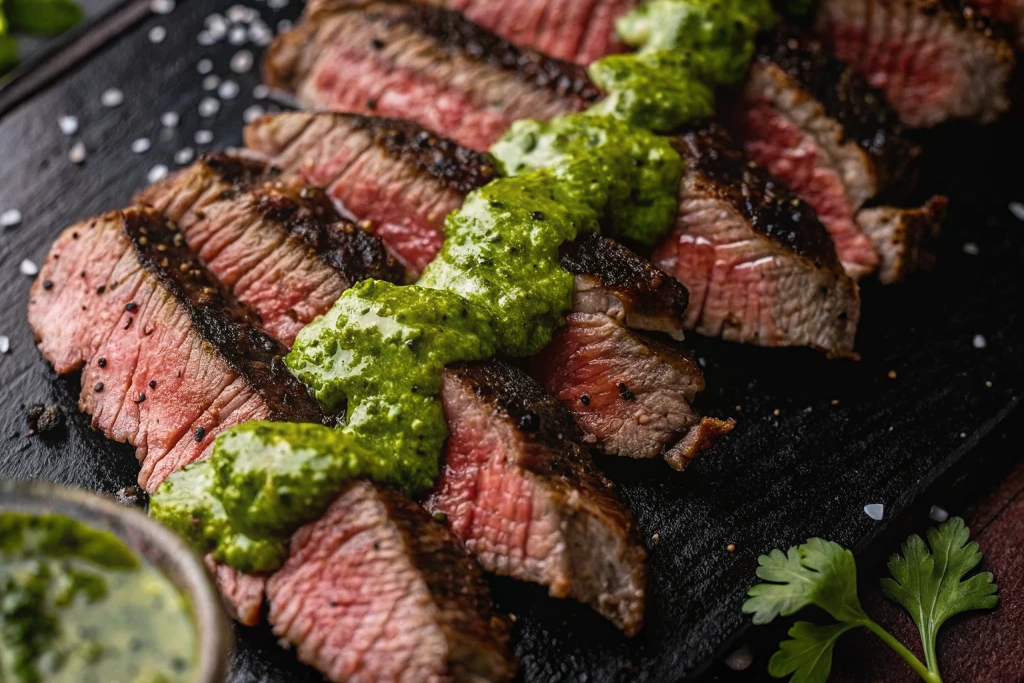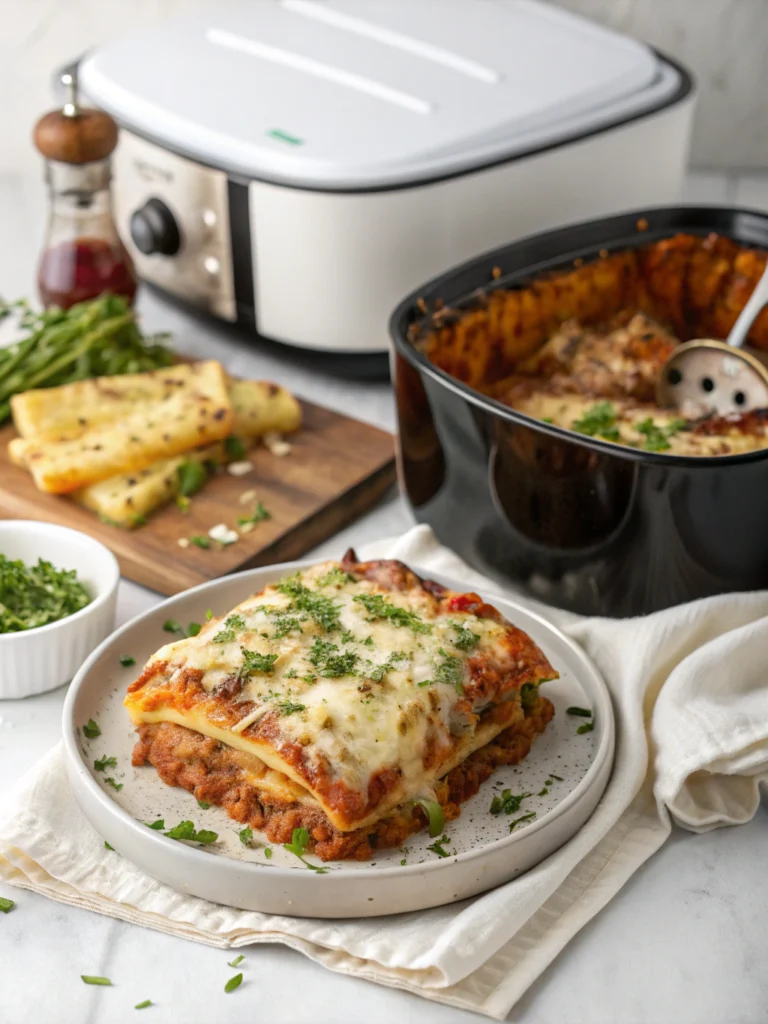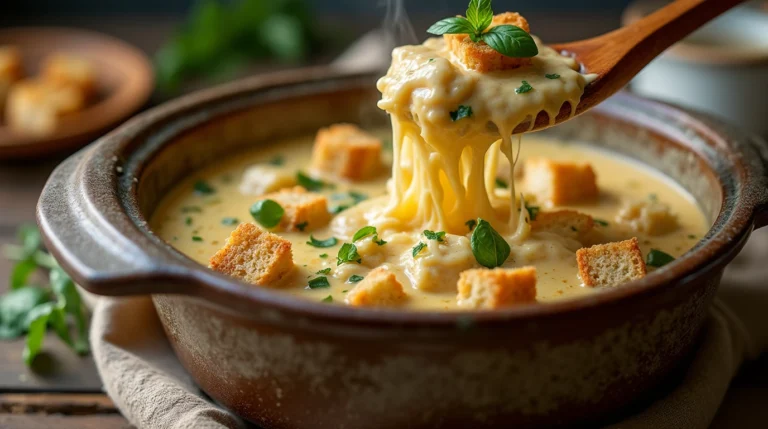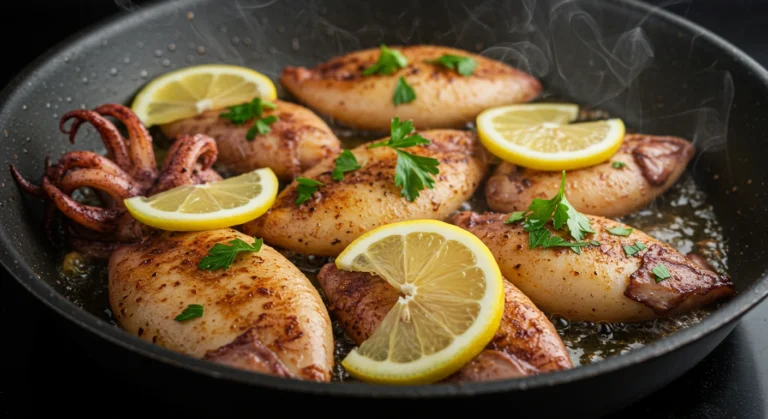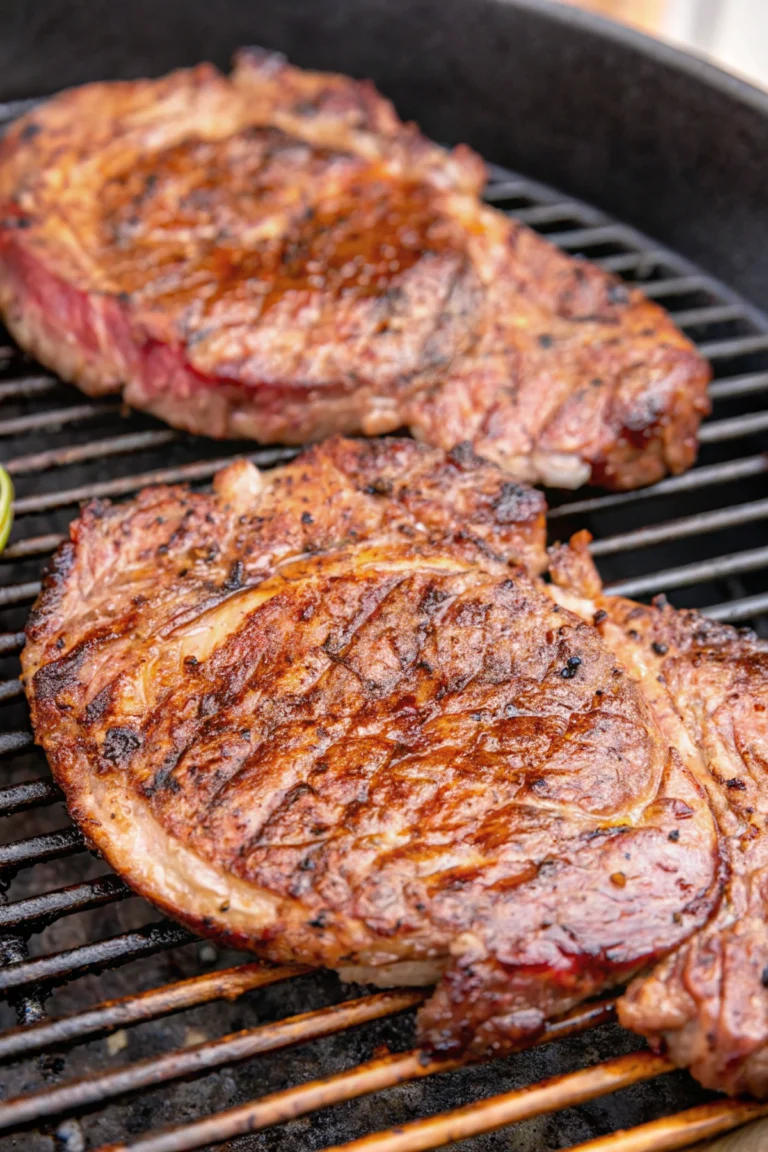Table of Contents
There’s something magical about that first bite of perfectly cooked beef flap meat – that moment when the juicy, marinated flavors burst across your palate and you wonder why this incredible cut isn’t in your regular rotation. I still remember my first encounter with beef flap meat at a friend’s backyard barbecue. The texture was tender yet substantial, with a deep beefy flavor that left me asking, “What is this delicious cut and why haven’t I been cooking it?”
If you’ve passed by beef flap meat in the butcher case without a second glance, you’re not alone. This underappreciated cut often gets overshadowed by its flashier cousins like ribeye and filet mignon. But today, I’m pulling back the curtain on what might become your new favorite steak. Affordable, versatile, and packed with flavor, beef flap meat deserves a special place in your cooking repertoire.
What Exactly Is Beef Flap Meat?
Beef flap meat comes from the bottom sirloin region of the cow, specifically from the sirloin primal cut. Sometimes called sirloin tip, bavette, or sirloin flap, this cut features beautiful marbling throughout a distinctive grain pattern. The beef loin flap meat is similar to skirt or flank steak but has its own unique character that makes it perfect for a variety of cooking methods.
What makes beef flap meat special is its robust flavor profile coupled with a texture that becomes incredibly tender when prepared correctly. Think of it as having the beefiness of flank steak but with more marbling and a slightly looser grain. Each slice of beef flap meat offers a perfect balance of lean meat and fat, creating a steak that’s both satisfying and flavorful.
In different regions and butcher shops, you might find beef loin flap meat steak labeled differently, so don’t hesitate to ask your butcher to point it out if you’re having trouble locating it.

Why Choose Beef Flap Meat Over Other Cuts?
There are several compelling reasons to add beef flap meat to your cooking rotation:
Incredible Flavor-to-Price Ratio
Let’s be honest – we’re all looking for ways to enjoy premium flavors without premium prices. Beef flap meat delivers exceptional taste at a fraction of the cost of more celebrated cuts. It has a robust, beefy flavor that rivals much more expensive steaks, making it perfect for those special meals when you want to impress without stressing your budget.
Excellent Marinade Absorption
The loose grain structure of beef flap meat makes it an absolute champion at soaking up marinades. Unlike denser cuts that only get surface flavor, the marinade penetrates deeply into beef flap meat, infusing it with whatever delicious flavors you choose. This quality makes it incredibly versatile for different cuisine styles – from Asian-inspired soy-ginger marinades to classic Mediterranean herb and garlic profiles.
Quick Cooking Time
In our busy lives, having a delicious cut that cooks quickly is a real advantage. Beef flap meat typically cooks in just minutes per side, making it perfect for weeknight dinners when you want something special without spending hours in the kitchen.
Preparing Your Beef Flap Meat For Cooking
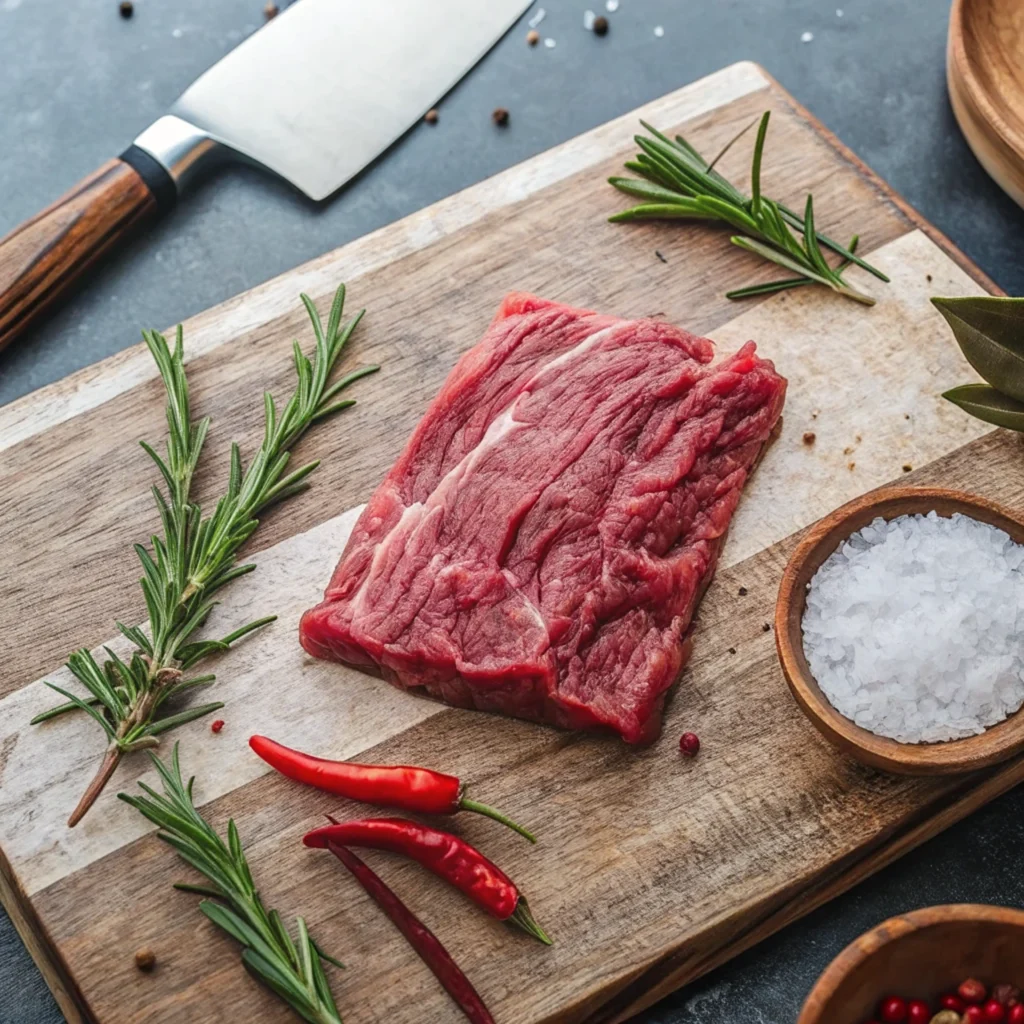
Before we dive into cooking methods, let’s talk about the crucial preparation steps that set you up for success with beef flap meat.
Selecting Quality Beef Flap Meat
When shopping for beef flap meat, look for pieces with:
- Good marbling throughout (those white streaks of fat that melt during cooking for added flavor and juiciness)
- A vibrant red color (avoid any meat with grayish or brownish tints)
- Firm texture that springs back when pressed
- Uniform thickness (or ask your butcher to even it out)
Quality beef loin flap meat should feel slightly moist but not wet or slimy. Don’t be afraid to ask your butcher questions – they’re usually happy to help you select the perfect piece and might even share their own cooking tips.
Trimming and Preparing
When you get your beef flap meat home:
- Remove it from packaging and pat dry with paper towels
- Examine the meat and trim any excess fat or silver skin (that tough, silvery membrane that won’t break down during cooking)
- If the thickness varies dramatically, consider butterflying thicker sections for more even cooking
- Allow the meat to come to room temperature for about 30 minutes before cooking (this promotes even cooking)
Remember that some fat is desirable – it adds flavor and moisture – so don’t get overzealous with trimming.
The Magic of Marinades for Beef Flap Meat
One of the greatest attributes of beef flap meat is how beautifully it takes to marinades. Here’s my go-to basic marinade that enhances the natural flavors without overwhelming them:
Classic Beef Flap Meat Marinade
- ¼ cup olive oil
- 3 tablespoons soy sauce
- 2 tablespoons Worcestershire sauce
- 2 cloves minced garlic
- 1 tablespoon fresh lemon juice
- 1 teaspoon honey
- Fresh ground black pepper
Combine all ingredients and place with your beef flap meat in a zip-top bag or covered container. Marinate for at least 2 hours, though overnight produces even more flavorful results. The acids help tenderize while the other ingredients build layers of flavor that complement the natural beefiness.
Cooking Methods for Perfect Beef Flap Meat
The versatility of beef flap meat is one of its greatest strengths. Let’s explore the best cooking methods to bring out its full potential.
Grilling: The Classic Approach to Beef Flap Meat Steak
Grilling might be the most popular way to prepare beef flap meat steak, and for good reason. The high heat creates a beautiful sear while the interior stays juicy and tender.
Perfect Grilling Steps:
- Preheat your grill to high heat (around 450-500°F)
- Remove beef flap meat from marinade and pat lightly with paper towels
- Place on the hottest part of the grill
- Grill for approximately 3-4 minutes per side for medium-rare (internal temperature of 130-135°F)
- Move to a cooler part of the grill if the outside is browning too quickly
- Remove from heat and let rest for 5-10 minutes before slicing
Pro Tip: Always slice your beef flap meat against the grain. This shortens the muscle fibers and results in a much more tender bite. The grain on this cut is usually quite obvious, running lengthwise down the meat.
Stovetop to Oven Method
Don’t have access to a grill? No problem! This stovetop-to-oven method delivers exceptional results for beef loin flap meat steak.
- Preheat your oven to 375°F
- Heat a cast-iron skillet over high heat until very hot
- Add a tablespoon of high-heat oil (like avocado or grapeseed)
- Sear the beef flap meat for 2-3 minutes per side until a deep brown crust forms
- Transfer the skillet to the preheated oven and cook for an additional 4-6 minutes (depending on thickness) for medium-rare
- Remove, tent with foil, and rest for 5-10 minutes before slicing
This method gives you the perfect sear from the skillet while finishing with the gentle, even heat of the oven.
Broiling for Beautiful Results
Your oven’s broiler can be a secret weapon for cooking beef flap meat when outdoor grilling isn’t an option.
- Position an oven rack 4-6 inches from the broiler element
- Preheat your broiler on high
- Place beef flap meat on a broiler pan or a foil-lined baking sheet
- Broil for 4-5 minutes per side, watching carefully to prevent burning
- Remove when the internal temperature reaches 130-135°F for medium-rare
- Rest, then slice against the grain
The intense top-down heat mimics a grill, creating a delicious crust while maintaining a juicy interior.
Beef Flap Meat Steak Recipe Ideas
Now that you’ve mastered the cooking techniques, let’s explore some delicious ways to serve your perfectly cooked beef flap meat.
Asian-Inspired Beef Flap Meat
This beef flap meat steak recipe creates an explosion of flavors that showcase how well this cut absorbs marinade.
Marinade:
- ¼ cup soy sauce
- 2 tablespoons rice vinegar
- 2 tablespoons honey
- 1 tablespoon sesame oil
- 3 cloves minced garlic
- 1 tablespoon grated fresh ginger
- 1 teaspoon red pepper flakes
Marinate the beef flap meat for at least 4 hours, then grill to medium-rare. Slice thinly against the grain and serve over rice with steamed vegetables and a sprinkle of sesame seeds and green onions.
Mediterranean Herb-Rubbed Beef Flap Meat
This herb-forward preparation lets the natural flavor of beef loin flap meat shine while adding a fresh, aromatic dimension.
Herb Rub:
- 2 tablespoons olive oil
- 3 cloves minced garlic
- 1 tablespoon fresh rosemary, finely chopped
- 1 tablespoon fresh thyme leaves
- 1 teaspoon lemon zest
- 1 teaspoon kosher salt
- ½ teaspoon freshly ground black pepper
Combine all ingredients into a paste and rub thoroughly over the beef flap meat. Let it rest at room temperature for 30-45 minutes before grilling. Serve with roasted potatoes and a simple arugula salad with lemon vinaigrette.
Beef Flap Meat Fajitas
This cut’s quick cooking time and excellent flavor make it perfect for sizzling fajitas.
Marinade:
- ¼ cup lime juice
- 3 tablespoons olive oil
- 2 teaspoons ground cumin
- 1 teaspoon chili powder
- 1 teaspoon garlic powder
- ½ teaspoon cayenne pepper (adjust to taste)
- 1 teaspoon kosher salt
Marinate for 2-4 hours, then grill the whole piece of beef flap meat to medium-rare. Rest, then slice thinly against the grain. Serve with sautéed peppers and onions, warm tortillas, and all your favorite fajita toppings.
Common Mistakes to Avoid When Cooking Beef Flap Meat
Even experienced cooks can run into issues with beef flap meat. Here are some pitfalls to avoid:
Overcooking
Beef flap meat is at its best when cooked to medium-rare or, at most, medium. Because it’s relatively thin with good marbling, it cooks quickly and can become tough if left on the heat too long. Always use a meat thermometer to check for doneness rather than relying solely on cooking times.
Slicing With The Grain
I can’t emphasize this enough: always slice against the grain! Cutting with the grain leaves the long muscle fibers intact, resulting in a chewy, tough eating experience. Slicing against the grain shortens these fibers, giving you tender, easy-to-chew meat.
Skipping The Rest Period
After cooking, beef flap meat needs time to rest. This allows the juices to redistribute throughout the meat instead of spilling out when you cut into it. A good rule of thumb is to rest for about 5-10 minutes, loosely tented with foil to keep warm.
Under-Seasoning
The impressive beefy flavor of flap meat can stand up to bold seasonings. Don’t be shy with your marinades and spices – this cut can handle robust flavoring without being overwhelmed.
How to Store and Reheat Leftover Beef Flap Meat
If you’re lucky enough to have leftovers (though I rarely do!), proper storage and reheating techniques will help maintain the quality of your beef flap meat.
Storage Tips
- Refrigerate leftover beef flap meat within two hours of cooking
- Store in an airtight container or wrapped tightly in plastic wrap
- Use within 3-4 days for best quality
- For longer storage, freeze in airtight packaging for up to 3 months
Reheating Without Drying Out
The challenge with reheating any steak is maintaining its juiciness. For beef flap meat, try these methods:
Gentle Oven Method:
- Preheat oven to 250°F
- Place sliced beef flap meat in a baking dish with a few tablespoons of beef broth or water
- Cover tightly with foil
- Heat until just warmed through (about 10-15 minutes)
Stovetop Method for Sliced Meat:
- Heat a skillet over medium-low heat
- Add a tablespoon of butter or oil
- Once melted, add sliced beef flap meat
- Warm gently for just 30-60 seconds per side until heated through
Remember that the goal is to warm the meat, not cook it further. Reheating too aggressively will continue the cooking process and lead to tough, dry meat.
Frequently Asked Questions About Beef Flap Meat
What’s the difference between beef flap meat and flank steak?
While similar in appearance, beef flap meat comes from the bottom sirloin, while flank steak comes from the abdominal muscles. Beef flap meat tends to have more marbling than flank, giving it a richer flavor. It’s typically a bit thinner than flank steak and has a slightly looser grain pattern, which helps it absorb marinades more effectively.
Can I substitute beef flap meat in recipes calling for skirt or flank steak?
Absolutely! Beef flap meat makes an excellent substitute in recipes calling for skirt or flank steak. The similar texture and flavor profile work well in fajitas, stir-fries, and other dishes that call for these cuts. Just adjust cooking times accordingly, as beef flap meat might cook slightly faster due to its typically thinner profile.
Why is my beef flap meat tough after cooking?
The two most common reasons for tough beef flap meat are overcooking and slicing with the grain instead of against it. This cut is best enjoyed at medium-rare to medium doneness (130-145°F internal temperature). Beyond that, the proteins tighten too much, resulting in toughness. Additionally, always make sure to slice perpendicular to the direction of the muscle fibers.
Can beef flap meat be cooked low and slow?
While beef flap meat can technically be cooked using low and slow methods, it’s not the ideal approach for this cut. The relatively thin profile and good marbling of beef flap meat make it better suited to quick, high-heat cooking methods that develop a flavorful crust while maintaining a juicy interior. Save your low and slow cooking for tougher cuts like brisket or chuck.
How long should I marinate beef flap meat?
For optimal flavor, marinate beef flap meat for at least 2 hours and up to 24 hours. The loose grain structure allows marinades to penetrate deeply, enhancing both flavor and tenderness. If your marinade is highly acidic (with lots of vinegar, citrus juice, or wine), limit marinating time to 12 hours maximum to prevent the meat from becoming mushy.
Wrapping Up: Why Beef Flap Meat Deserves a Spot in Your Rotation
By now, I hope you’re as enthusiastic about beef flap meat as I am. This versatile, flavorful cut offers exceptional value while delivering restaurant-quality results at home. The beautiful marbling, receptiveness to marinades, and quick cooking time make beef loin flap meat steak a perfect choice for both weeknight dinners and special occasions.
Remember that the key to perfect beef flap meat lies in respecting its natural characteristics: don’t overcook it, let it rest properly, and always slice against the grain. With these principles in mind, you’ll achieve mouthwatering results every time.
I’d love to hear about your experiences cooking beef flap meat! Have you tried any of the methods or recipes shared here? Do you have your own favorite marinade or preparation technique? Drop a comment below and share your beef flap meat success stories or questions. And if you know someone who might appreciate discovering this underrated cut, please share this guide with them!
Until next time, happy cooking and enjoy every juicy, flavorful bite of your perfectly prepared beef flap meat!
Hungry for more? Check out our top rated recipes :

